Broadwater inland lookout
Broadwater National Park
Learn more
Learn more about why this park is special
Broadwater inland lookout is in Broadwater National Park. Here are just some of the reasons why this park is special:
Bandjalung People
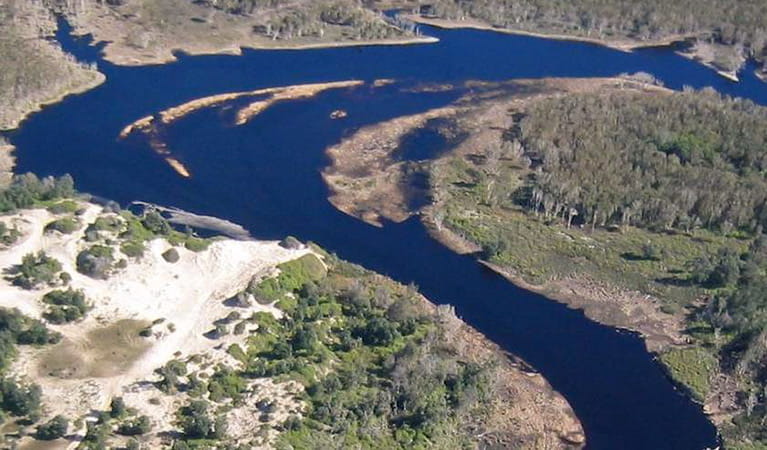
The traditional custodians of this northern coastal area of NSW, of which Broadwater National Park is now a part, are the Bandjalung People. Bundjalung National Park lies just south of Broadwater. These people continue, today, to actively celebrate their rich culture and heritage. Notable Bandjalung People include musician Troy Cassar-Daley, boxer Anthony Mundine, Australian Aboriginal leader Warren Mundine and chef Mark Olive. This park is one of a group where the Bandjalang People's native title rights have been recognised in only the third determination of native title rights in New South Wales. Native title rights come from the Bandjalang People's traditional laws and customs and legally recognise the Bandjalang People's connection to Country. This means that these lands will continue to be places of ceremony, learning and inspiration for generations to come. Find out more.
Memorable landscapes
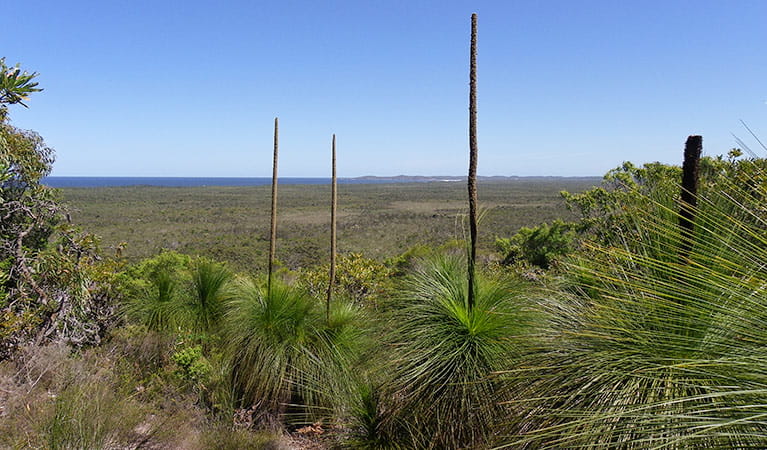
There's a surprisingly wide variety of vegetation landscapes in this park including coastal heathland, coastal swamp, open eucalypt forest, wetlands and littoral rainforest. Banksia is particularly prevalent as is paperbark. There's also a healthy display of wildflowers during spring, which include swamp lilies, sun orchids, Christmas bells and golden bush peas.
- Broadwater inland lookout It’s just a short walk to Broadwater inland lookout for superb scenic views from Broadwater Headland out to the Pacific Ocean with opportunities for birdwatching and whale watching.
Wartime stories
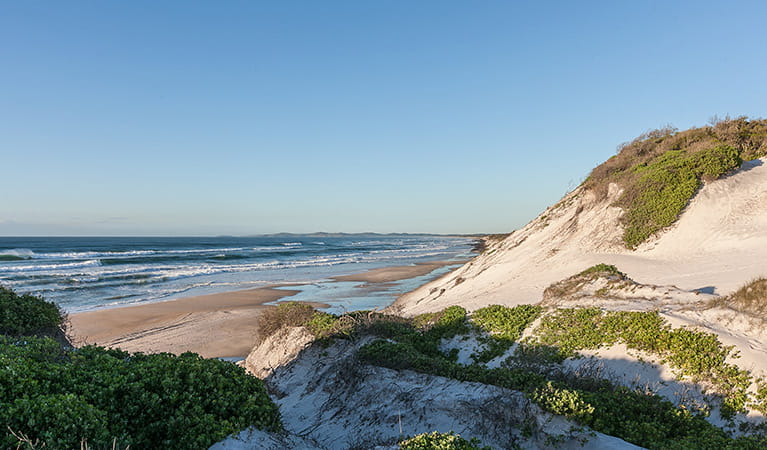
Airforce Beach seems like an unlikely name for a pristine stretch of sand near a national park, but during World War II, the airfield at Evans Head was used as a training ground. No. 1 Air Observers School was stationed there until it disbanded in 1943.
Winged things
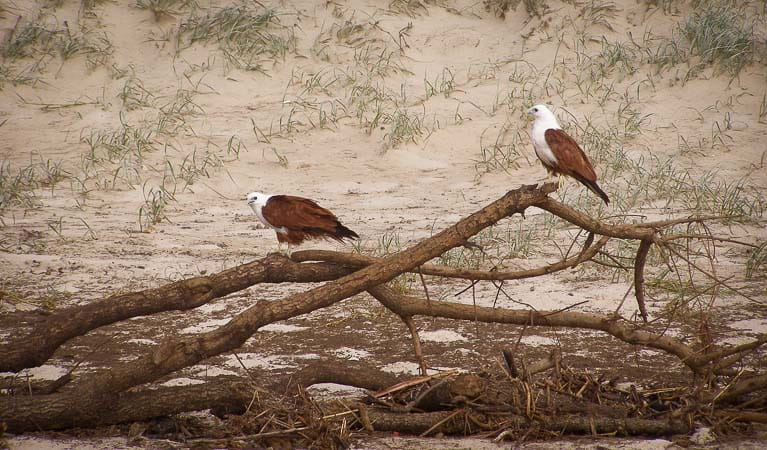
Broadwater is a refuge for migratory shorebirds, a hunting ground for birds of prey and habitat for a broad range of birds that inhabit the park's various plant communities. These include threatened species such as pied oystercatchers, little terns and beach stone curlews. White-bellied sea eagles can also often be seen trawling the coastline. This raptor is widely revered by Aboriginal people in many parts of Australia. An opportunistic carnivore, you may be lucky enough to see one of these birds seizing waterborne prey in its talons as it flies low over the water. Its honking call could easily be mistaken for that of a goose.
- Broadwater Beach picnic area Broadwater Beach picnic area is a great picnic area with birdwatching opportunities and the beach just nearby for swimming, surfing and fishing.
- Broadwater inland lookout It’s just a short walk to Broadwater inland lookout for superb scenic views from Broadwater Headland out to the Pacific Ocean with opportunities for birdwatching and whale watching.
Plants and animals protected in this park
Animals
-
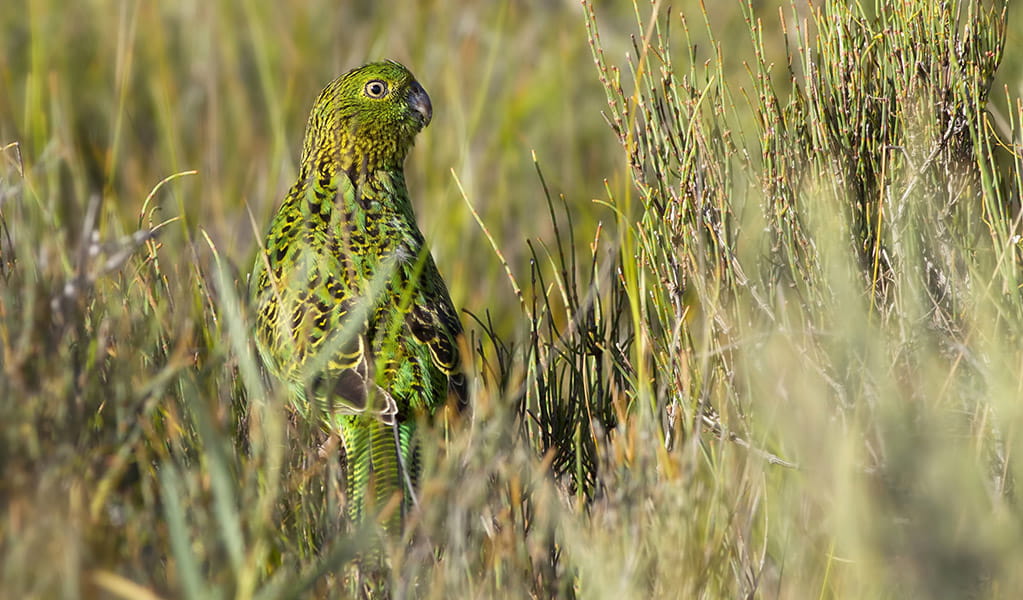
Eastern ground parrot (Pezoporus wallicus wallicus)
The eastern ground parrot is a beautiful, ground-dwelling native bird that lives in low heathland habitat along the NSW North and South coasts and escarpments. It’s listed as a vulnerable species in NSW.
Look out for...
Eastern ground parrot
Pezoporus wallicus wallicus
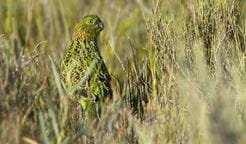
The eastern ground parrot is a beautiful, ground-dwelling native bird that lives in low heathland habitat along the NSW North and South coasts and escarpments. It’s listed as a vulnerable species in NSW.